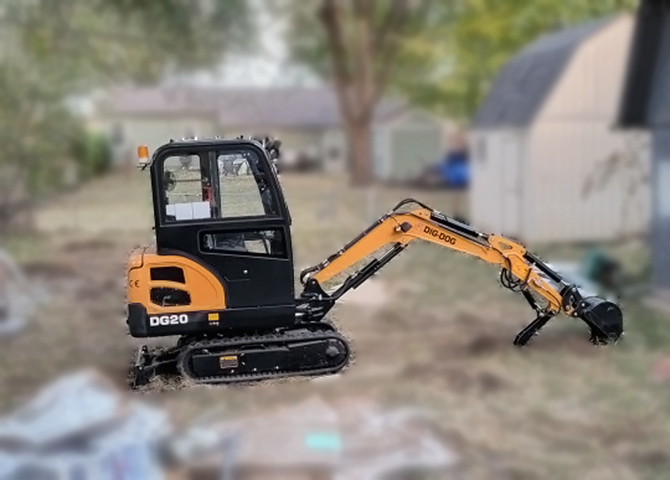
Whether it's in narrow city streets or complex construction sites,
mini excavators can easily handle various excavation, loading, and transportation tasks. Their widespread application not only improves project efficiency but also reduces the costs, injecting new vitality into the development of modern construction, agriculture, forestry and engineering industries. The
DIG-DOG DG10, with its 7 KW power, 0.025 m³ bucket capacity, and a operator weight of 1 ton, is ideal for small-scale excavation jobs. However, for such an important construction equipment, we cannot but ask: how much does a mini excavator weigh? Today, let's explore this question.
The weight of a mini excavator plays a crucial role throughout its lifecycle, particularly in terms of transportation and operational safety. These two aspects are not only related to the efficiency of the excavator's usage but also directly affect the safety of construction personnel and the smooth progress of the entire project.
Importance of Mini Excavator Weight
Importance in Transportation
Carrying Capacity and Stability: The weight of a mini excavator is directly related to the carrying capacity of the transportation vehicle. If the weight exceeds the carrying limit, it may damage the vehicle, affect its stability, and increase the risk of traffic accidents.
Transportation Cost and Efficiency: The weight also impacts transportation costs. Heavier excavators require larger and sturdier vehicles, increasing costs. Additionally, excessive weight may reduce the loading capacity of transportation vehicles, lowering efficiency.
Compliance with Regulations: In many countries and regions, there are strict regulations governing the load capacity of transportation vehicles. Ensuring the mini excavator's weight falls within these limits ensures compliance and avoids legal disputes due to overloading.
Importance in Operational Safety
Work Stability: The weight of a mini excavator is closely related to its work stability. Appropriate weight ensures stability during operation, reducing accidents caused by shaking or tilting.
Wind Resistance: When operating outdoors or in open spaces, mini excavators may be affected by wind. Heavier excavators have better wind resistance, maintaining stability in strong winds and avoiding accidents due to wind forces.
Operational Efficiency and Safety: The weight of a mini excavator also affects its operational efficiency and safety. Lighter excavators may exhibit instability during excavation or loading, affecting efficiency. Conversely, heavier excavators may increase the labor intensity of operators and pose safety hazards.
The
DIG-DOG DG12 boasts 8.3 KW power, a 0.03 m³ bucket capacity, and a weight of 1.2 tons, providing stronger power for slightly larger excavation tasks. Its balanced weight distribution ensures stability during operation, minimizing the risk of tipping or overturning, which is crucial for maintaining safety during excavation. Additionally, the DG12's compact design and manageable weight facilitate safe transportation to and from job sites, reducing the likelihood of accidents or damage during transit. Whether it's being loaded onto a truck or transported via other means, the DG12's weight and dimensions are optimized for safe and efficient transportation, making it a reliable choice for excavation projects that require both powerful performance and safe transportation.
Main Structural Components of Mini Excavators
Despite their small size, mini excavators have a complex structure, and their weight is influenced by several key components, including the working device, travel device, and power system.
Working Device
Components such as buckets and cylinders are responsible for excavation and loading. These parts are often made of high-strength materials, making them relatively heavy. Design efforts aim to reduce weight while maintaining functionality.
Travel Device
This includes tracks and motors, enabling the excavator's movement. Although individual components may not be heavy, their combined weight contributes to the overall weight. Design considerations include weight, load-bearing capacity, and mobility.
Power System
The heart of the excavator is the engine, providing the necessary power. Engines are typically bulky and heavy, significantly contributing to the overall weight of the mini excavator. Selecting an efficient and lightweight engine is crucial for reducing weight. High-power, heavy-duty power systems often increase the weight of mini excavators.
Other Factors Influencing Mini Excavator Weight
The weight of a mini excavator is influenced by various factors. Firstly, the choice and use of materials have a direct impact on weight. Mini excavators made from high-strength, lightweight materials tend to be lighter. Secondly,
attachments such as
hammers and
buckets can add to the weight of the excavator. For example, installing these attachments will increase the overall weight of the mini excavator.
DIG-DOG's Mini Excavator Weight
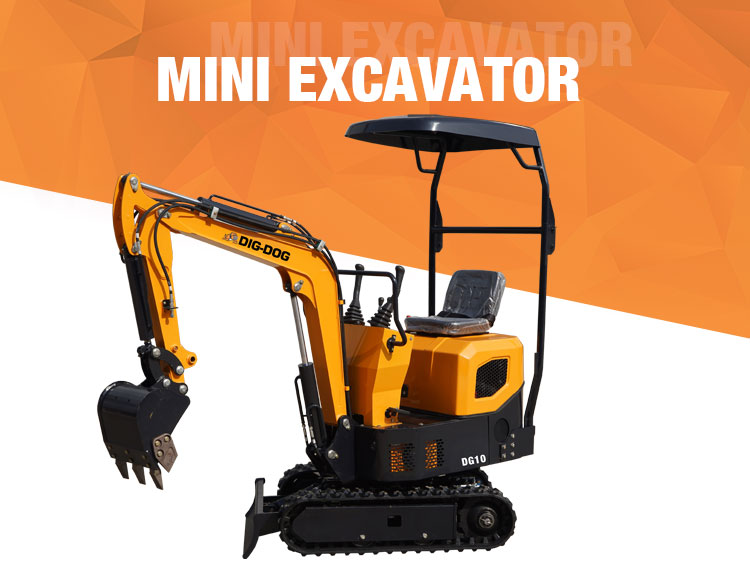 |
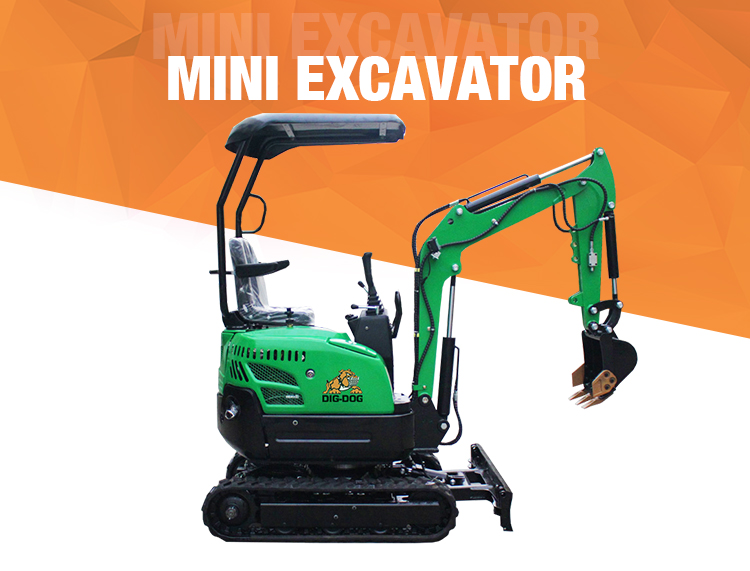 |
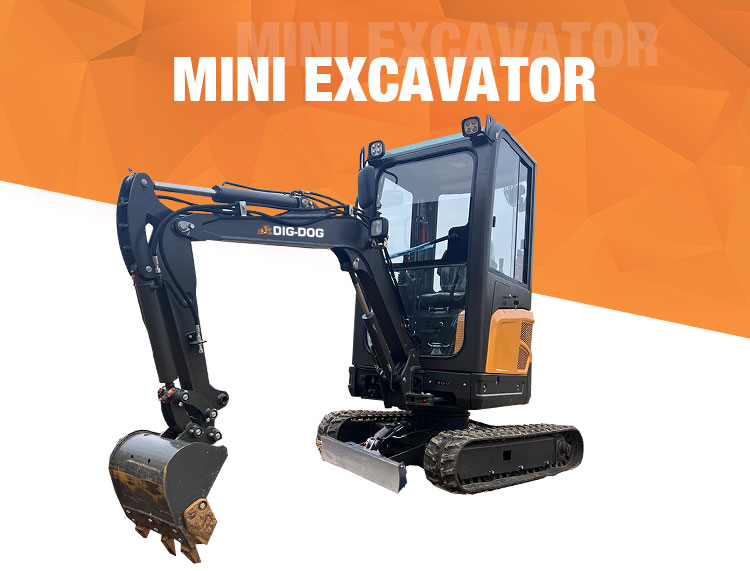 |
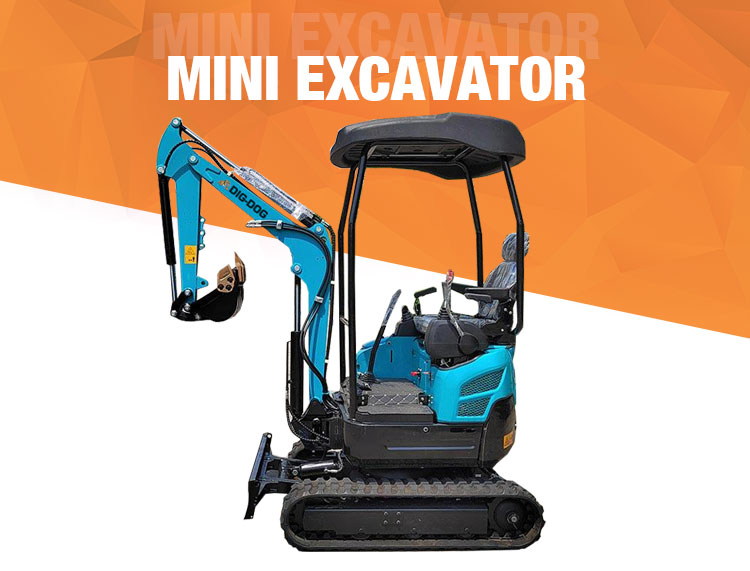 |
DG10
Power : 7 KW
Bucket Capacity: 0.025 m³
Machine weight: 1 ton |
DG12
Power: 8.3 KW
Bucket Capacity: 0.03 m³
Machine weight: 1.2 ton |
DG15
Power: 10.4 KW
Bucket Capacity: 0.025 m³
Machine weight: 1.4 ton |
DG17
Power: 10.3 KW
Bucket Capacity: 0.035 m³
Machine weight: 1.5 ton |
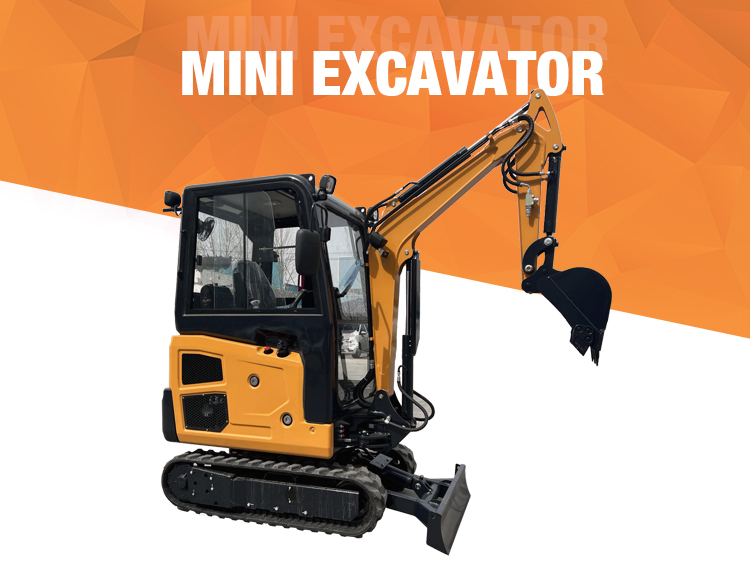 |
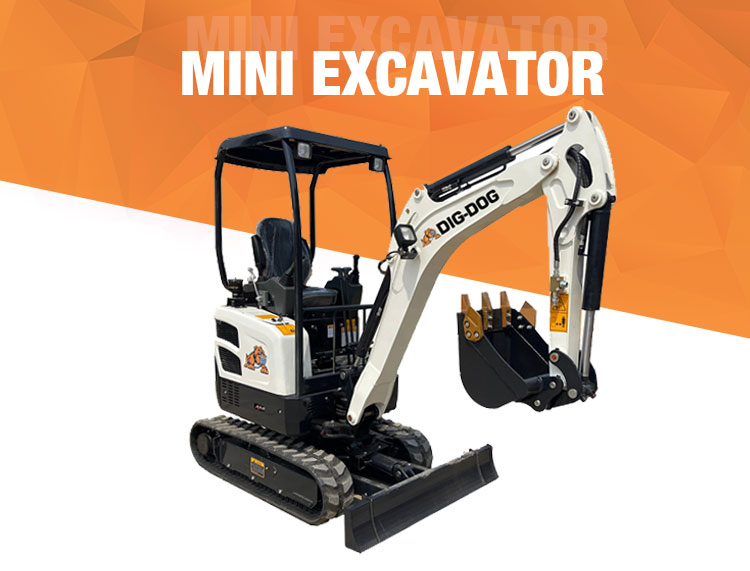 |
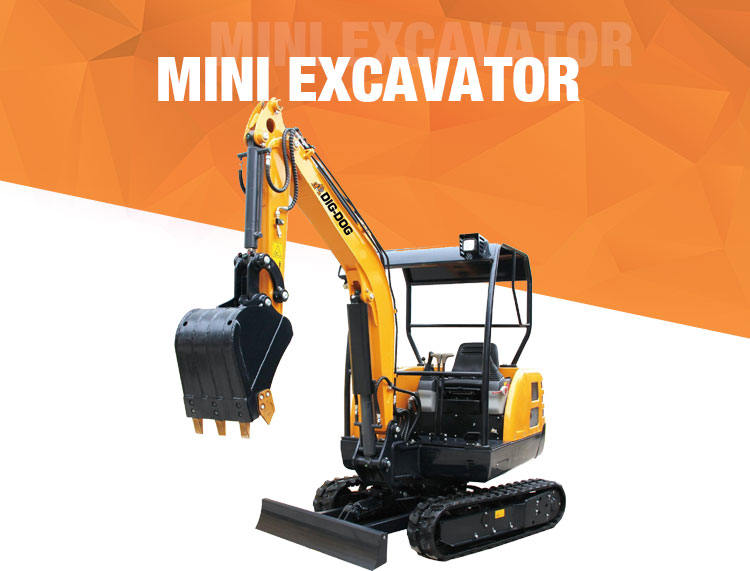 |
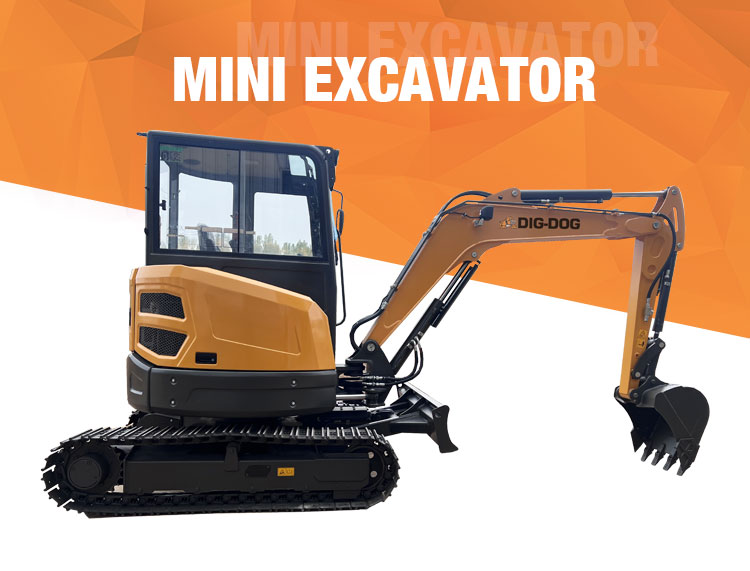 |
DG18
Power: 18.4 KW
Bucket Capacity: 0.06 m³
Machine weight: 1.8 ton |
DG20
Power: 14.2 KW
Bucket Capacity: 0.07 m³
Machine weight: 2 ton |
DG25
Power: 22.1 KW
Bucket Capacity: 0.1 m³
Machine weight: 2.5 ton |
DG35
Power: 18.4 KW
Bucket Capacity: 0.12 m³
Machine weight: 3.5 ton |
The DIG-DOG mini excavator series offers a range of configurations to meet different scenarios and excavation needs. The DG17, with 10.3 KW power, a 0.035 m³ bucket capacity, and a weight of 1.5 tons, offers even more efficient excavation capabilities.
For larger-scale excavation work, the DG18, DG20, DG25, and DG35 provide users with even more diverse options. These excavators not only differ in weight but have also been optimized in terms of power and bucket capacity to accommodate different sizes and complexities of excavation demands. Whether it's the DG18's 18.4 KW power and 0.06 m³ bucket capacity paired with a weight of 1.8 tons, or the DG35's impressive 18.4 KW power, 0.12 m³ bucket capacity, and a hefty 3.5 tons, the DIG-DOG mini excavator series offers a comprehensive range of machines tailored to meet the unique challenges of various excavation projects.
 Whether it's in narrow city streets or complex construction sites, mini excavators can easily handle various excavation, loading, and transportation tasks. Their widespread application not only improves project efficiency but also reduces the costs, injecting new vitality into the development of modern construction, agriculture, forestry and engineering industries. The DIG-DOG DG10, with its 7 KW power, 0.025 m³ bucket capacity, and a operator weight of 1 ton, is ideal for small-scale excavation jobs. However, for such an important construction equipment, we cannot but ask: how much does a mini excavator weigh? Today, let's explore this question.
Whether it's in narrow city streets or complex construction sites, mini excavators can easily handle various excavation, loading, and transportation tasks. Their widespread application not only improves project efficiency but also reduces the costs, injecting new vitality into the development of modern construction, agriculture, forestry and engineering industries. The DIG-DOG DG10, with its 7 KW power, 0.025 m³ bucket capacity, and a operator weight of 1 ton, is ideal for small-scale excavation jobs. However, for such an important construction equipment, we cannot but ask: how much does a mini excavator weigh? Today, let's explore this question.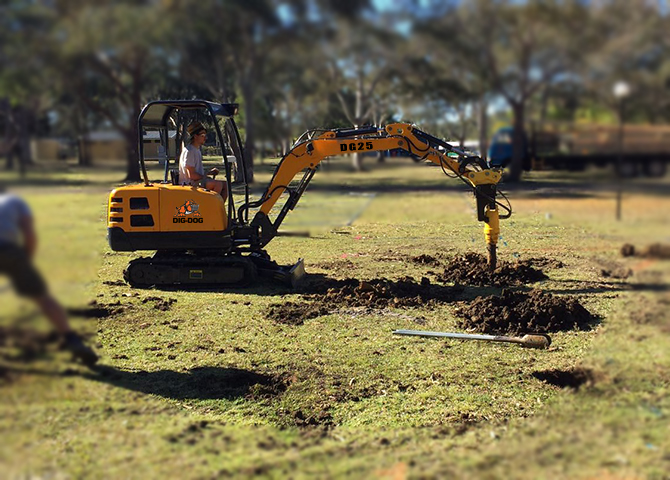 Exploring the Cheapest Excavators with Top Performance
Exploring the Cheapest Excavators with Top Performance
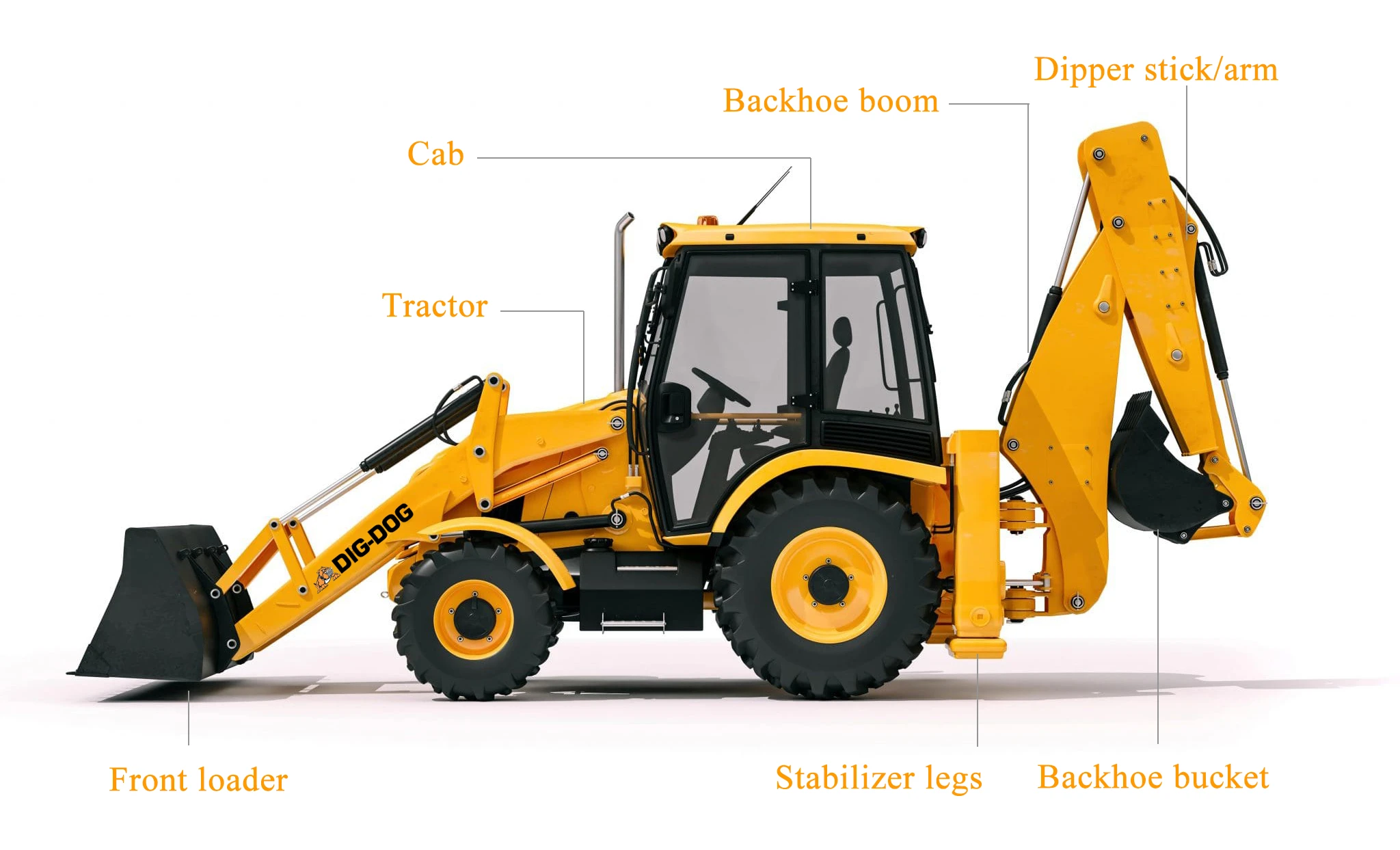 What is a Backhoe? Its Uses & Market Development
What is a Backhoe? Its Uses & Market Development
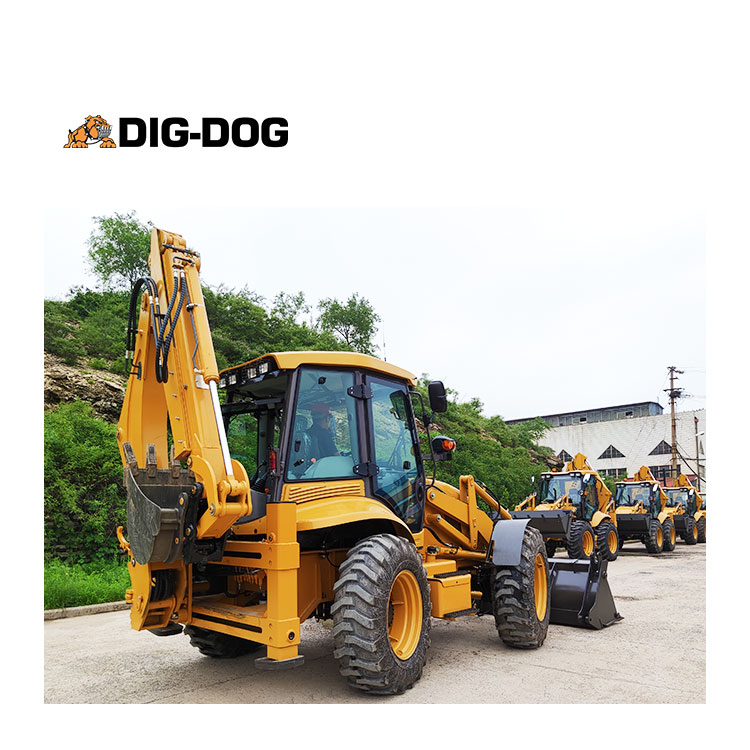 What Is The Difference Between An Excavator And A Backhoe?
What Is The Difference Between An Excavator And A Backhoe?
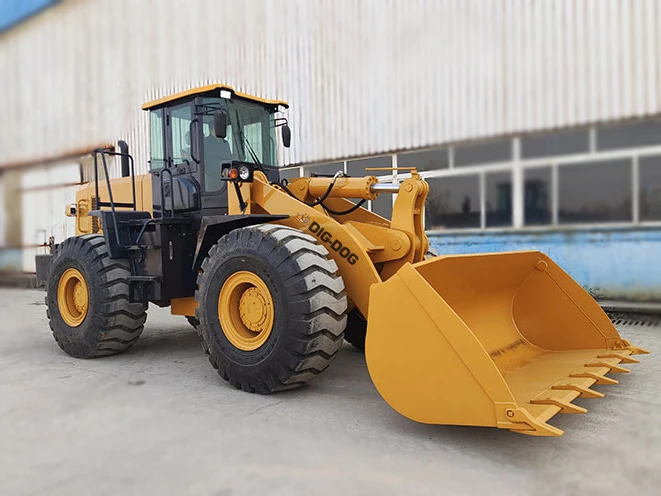 Choosing the Right Loader Truck for Your Business Needs
Choosing the Right Loader Truck for Your Business Needs